Sightseeing spots in Yuza Town, Yamagata Prefecture
Yuza Town, at the northwestern border of Yamagata Prefecture, is located at the southwestern foot of Mt. Chokai (elevation 2237m). That is the mountain located on the prefectural border with Akita Prefecture. Yuza Town is called “springs town” because the underground water of Mt. Chokai springs up many places in the town. There are many tourist attractions related to Mt. Chokai and the springs of Mt. Chokai.
Pond Maruike-sama
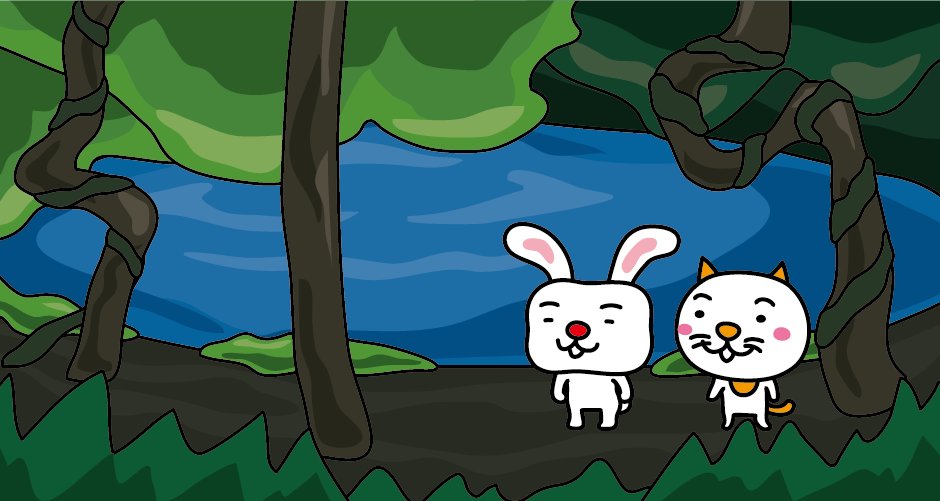
Pond “Maruike-sama” is a mysterious pond in shining cobalt blue color. Its length is 20m in diameter and depth is 5m. The pond is filled with only spring water from Mt. Chokai. Its transparency is quite high so that you can even see the fallen trees at the bottom of the pond. It has been called Pond “Maruike-sama” because it was the worship object for a long time. “Sama” is a respectful honorific to address people in Japan.

The Ushiwatari River, which is located near Pond Maruike-sama, is the river composed by spring water from Mt. Chokai. Its transparency level is very high, and you can see an aquatic plant called “Baikamo (plum flower duckweed).” This plant can grow only in clear streams. In Autumn, salmons come up the river every year.
Amahage
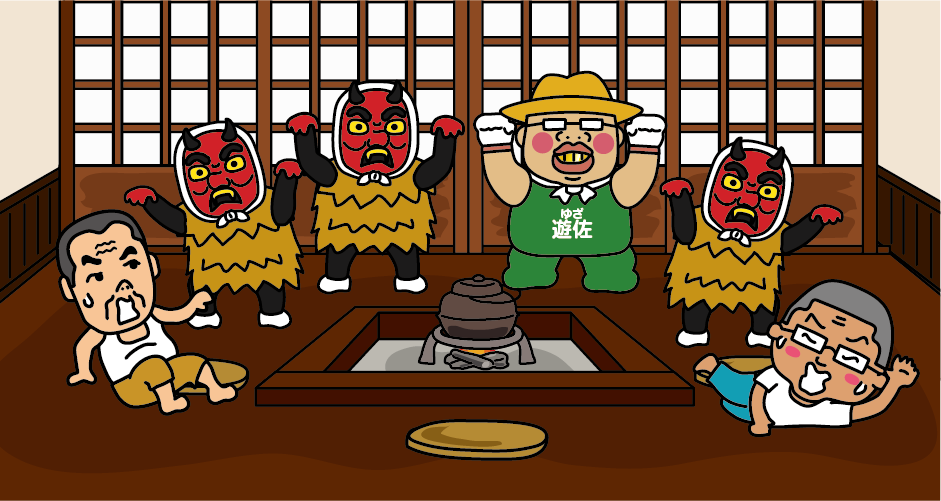
“Amahage” is a traditional New Year event in the Fukura district of Yuza Town. It is a Shinto ritual similar to “Namahage” in Akita. Amahage is a god in the figure of demon wearing Mino. Amahage visit local houses to admonish someone for their lazy behavior. This event is registered as a UNESCO Intangible Cultural Heritage.
Juroku Rakan Iwa Rock
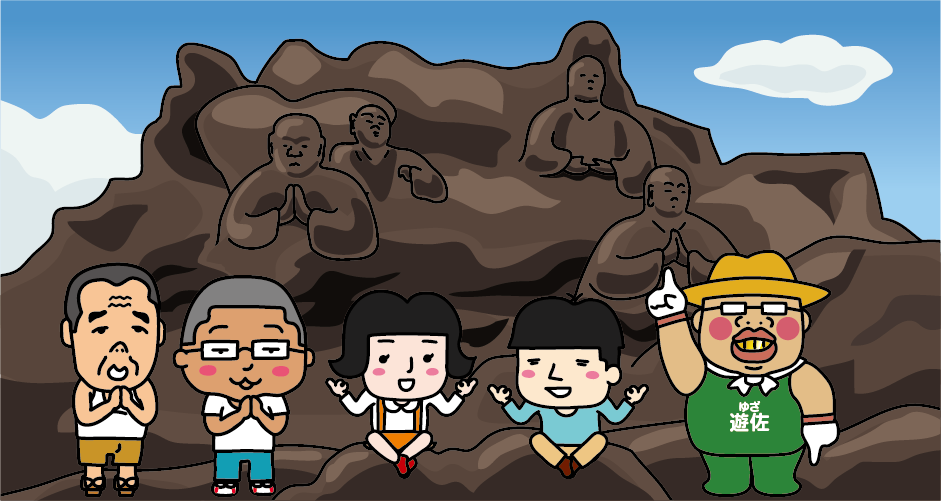
“Juroku Rakan Iwa (Sixteen Rakan Rocks)” is a monument to the local fishermen, who lost their lives in the Sea of Japan. A Buddhist priest of the Zen temple in Fukura district spent 5 years from 1864 to build 22 sculptured Buddha on the rocky shore. This monument also represents the wish to have a safe trip on the sea. Rakan means a saint in Buddhism.
Misaki Park
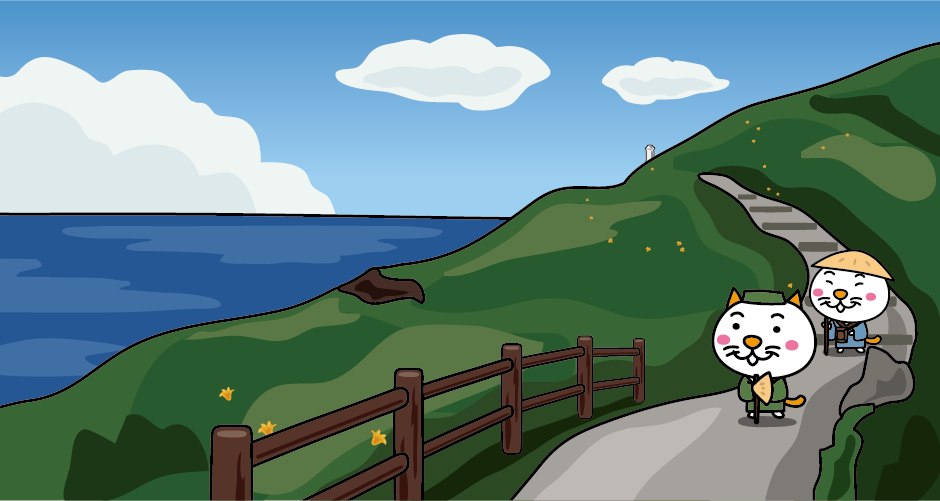
At Misaki Park, located on the border of Yamagata and Akita Prefecture, there is the old road of Mt. Misaki. This road is said that famous Haiku poet Basho Matsuo of the Edo period walked. Misaki Park is designated as a scenic spot of Japan as “Landscape of Oku no Hosomichi (The Narrow Road to the Deep North).”
Former Aoyama Main Residence
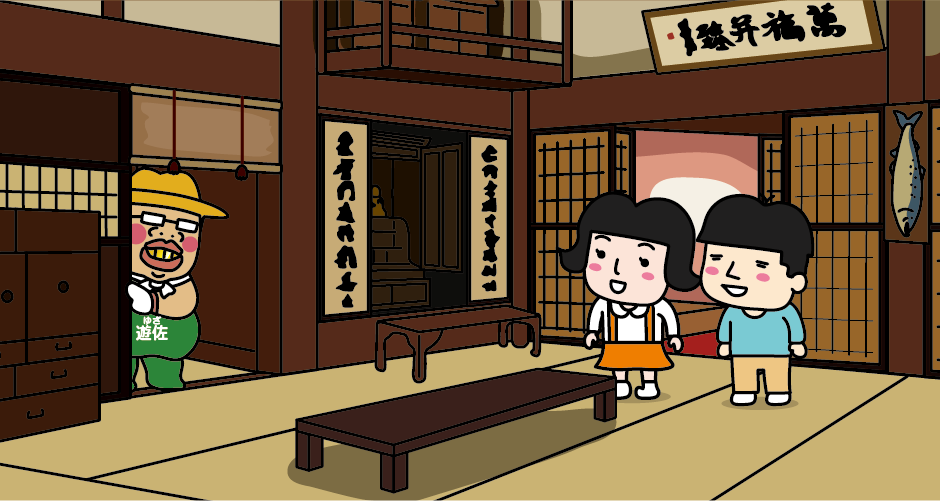
“Former Aoyama Main Residence” is the house built by Tomekichi Aoyama, who was born in a poor fisherman’s house in Yuza. He gained a massive fortune by herring fishing in Hokkaido. There are a lot of cultural heritages that show the prosperity of the Aoyama family in the house. This house is also designated as the important cultural property of Japan. It shows the unique architectural style of the Meiji era.
Chokai Blue Line
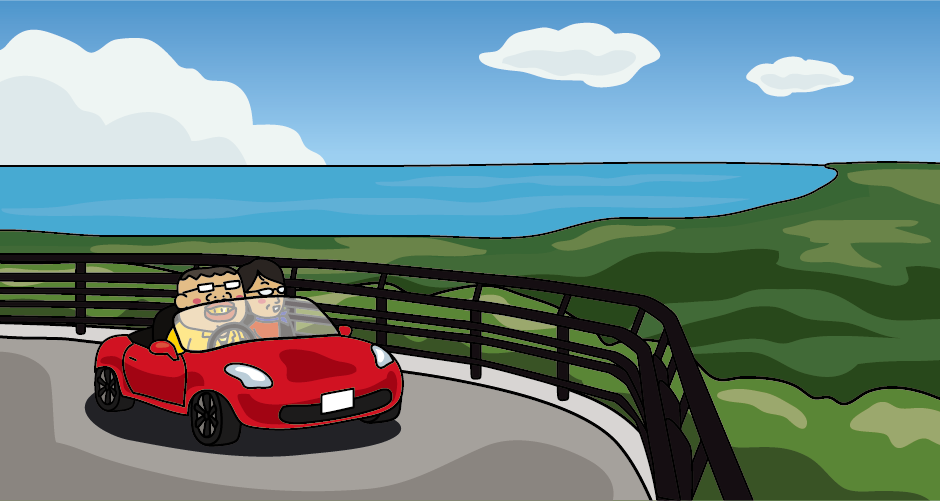
The “Chokai Blue Line” is a mountain road with a total length of 35km runs up to the fifth station of Mt. Chokai (elevation 1100m). You can enjoy the blue color of the Sea of Japan, a magnificent view of Shonai plain by driving.
Kamiko no mizu
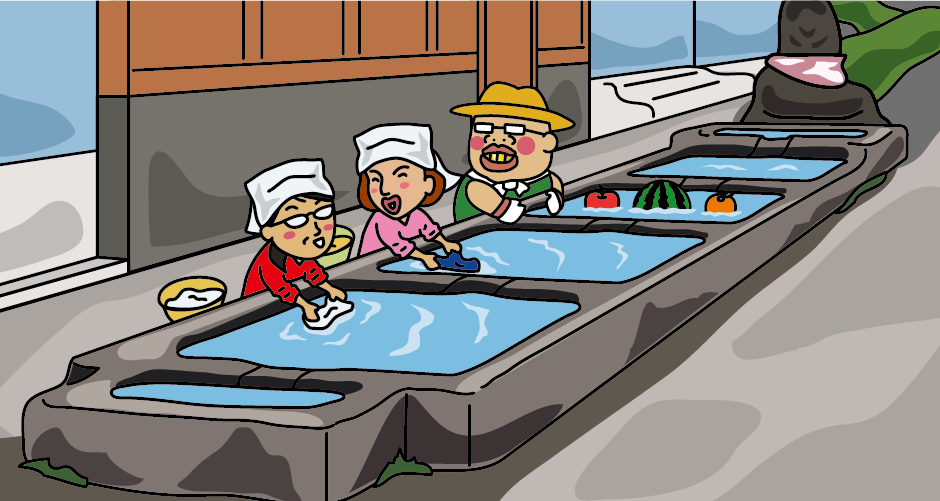
“Kamiko no mizu” is a watering area that uses spring water in the Mega Village. This watering area is divided into 6 areas. Their usages are also divided from the top, such as drinking water, washing rice or vegetables, laundry, washing diapers, etc. While washing vegetables, and doing laundry, villagers enjoy the conversation there.
Three Great Falls of Akumi district
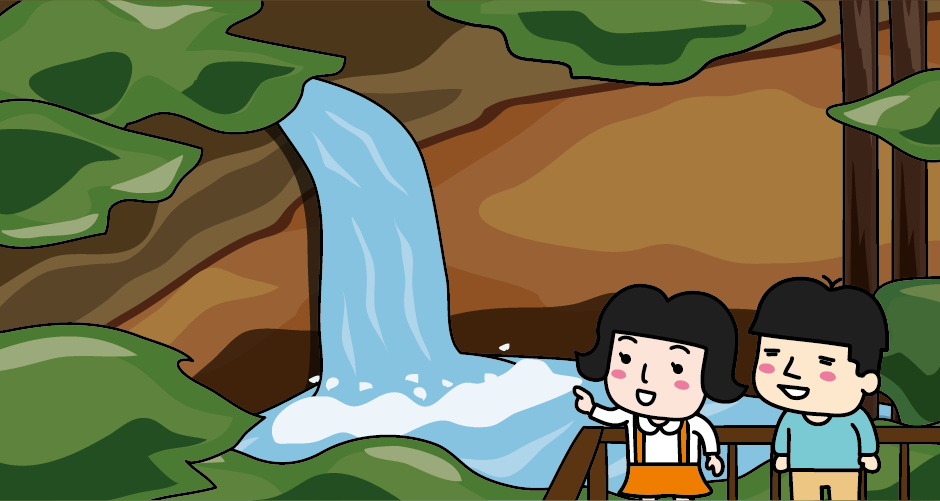
Thanks to the abundant water source of Mt. Chokai, there are many waterfalls in Yuza Town. Near Ichino Falls and Nino Falls, there is a green valley surrounded by beech forests. There are also a falls observation deck and hiking trails. The length of Nino Fall is 19m, and it is also one of the “Three Great Falls of Akumi district”.
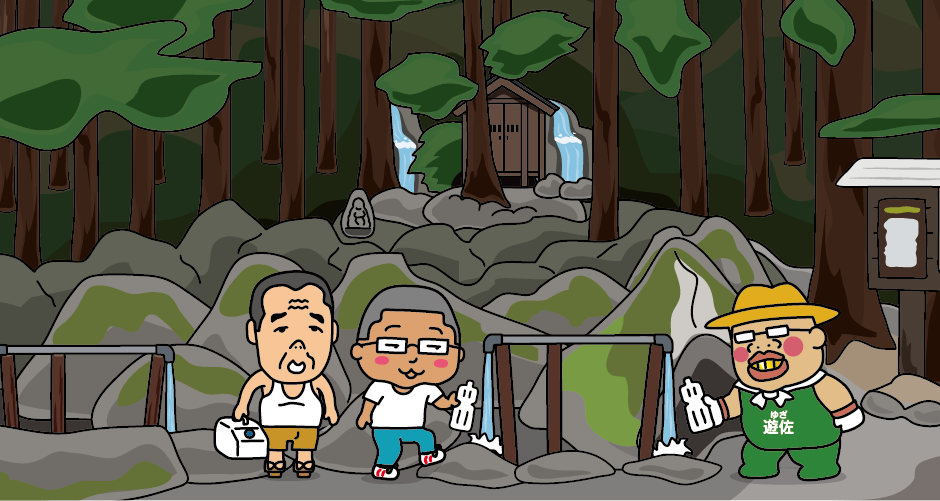
“Dohara Falls” is located on the way to Ichino Falls and Nino Falls. The underground water of Mt.Chokai well out from the hillside like a waterfall. Many people visit there with large water tanks and plastic bottles throughout the year to get tasty water.
Chair used in the movie “Departures”
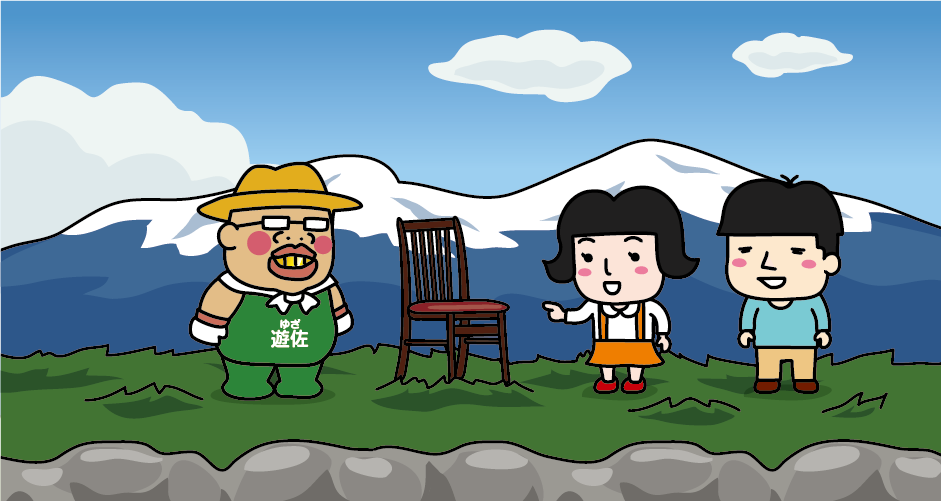
The movie “Departures” (released in 2008) was filmed at the Gekkogawa Kasen Park. At this park, two scenes were shooted. The one scene is that the main character, Daigo, played the cello with Mt. Chokai at his back. And the second one is the scene that Daigo hands Mika to a stone with a message. At the riverbank, there is a chair look like the one used in the movie. “Departures” won the Oscar for the Best Foreign Language Film in the 81st Academy Awards etc.
Access to Yuza (Fukura)
[Railway]
It takes about 2 hours from JR Tokyo Station to JR Niigata Station by Joetsu Shinkansen. Transfer to JR Hakushin Line/Uetsu Main Line (limited express train) at JR Niigata Station to JR Yuza Station for about 2 hours and 20 minutes. At JR Yusa Station, transfer to the Uetsu Main Line (local train) and get to JR Fukiura Station in about 5 minutes.
[Airplane]
It takes about 1 hour from Haneda Airport to Shonai Airport. It takes about 40 minutes from Shonai Airport to JR Sakata Station by shuttle bus. Approximately 20 minutes from JR Sakata Station to JR Fukura Station.

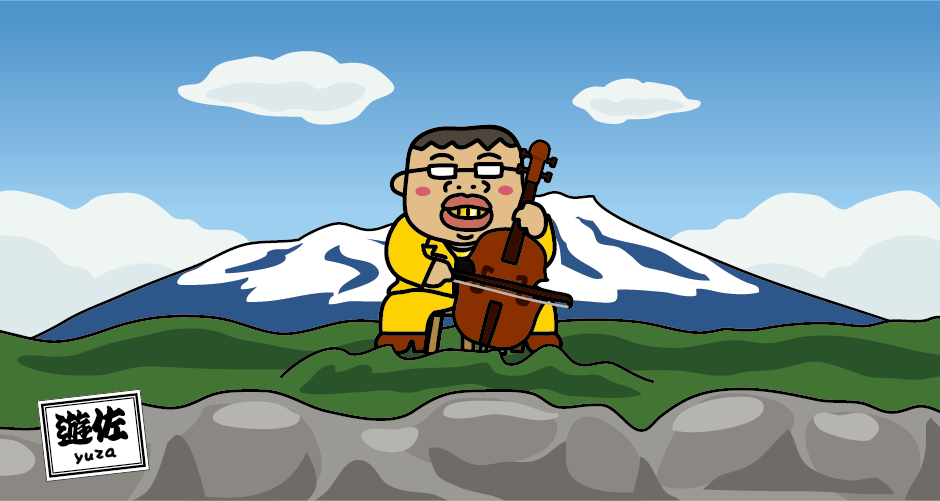


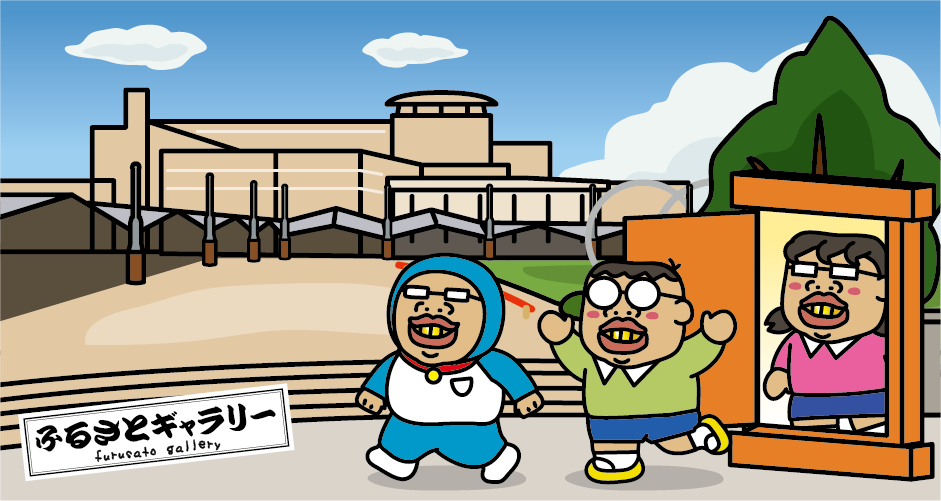
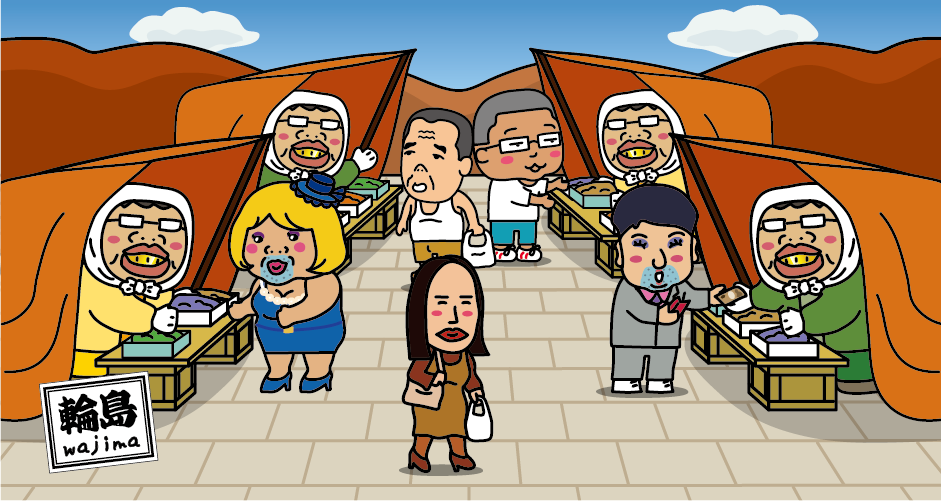

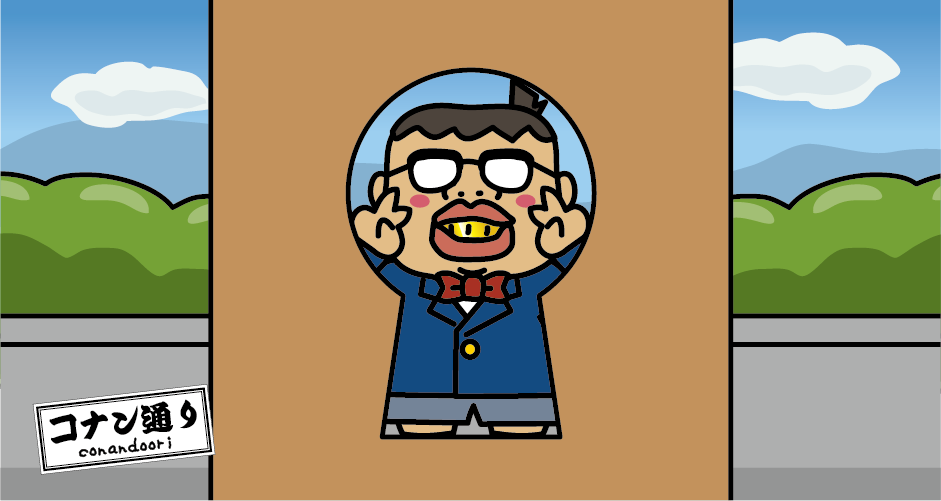
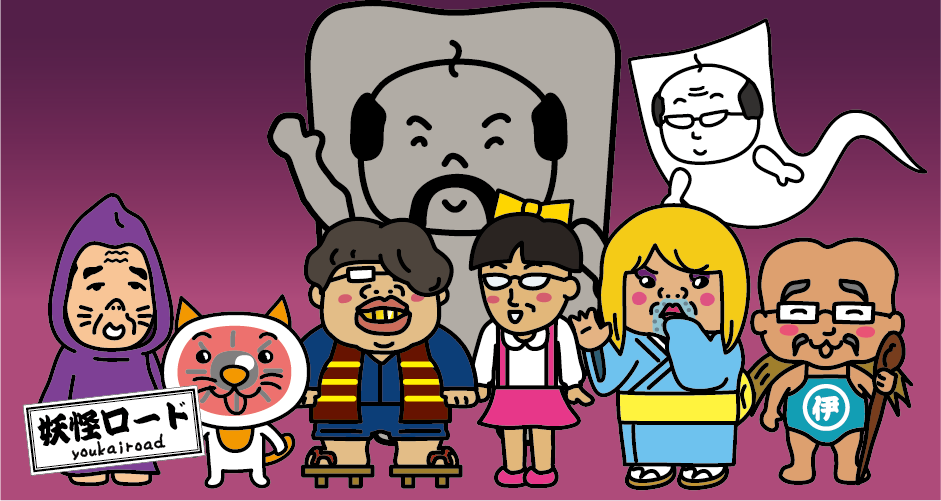

You need to login to comment on an article.